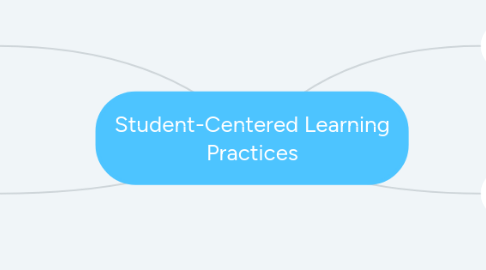
1. Role of the Teacher
1.1. Constructivism is helping the student continually understand how a certain activity is causing them to gain knowledge
1.1.1. The teacher understands the students' current conceptions, and uses the activity to address those and and then build on them.
1.1.1.1. Teachers need to teach particular concepts about the nature of science and technology
1.1.1.1.1. assessment includes student works, observations, and points of view.
2. Role of the Learner
2.1. Constructivism is the idea that learners construct knowledge and meaning for themselves
2.1.1. There is no knowledge outside of the meaning of learner gives to a subject based on experience
2.1.1.1. Constructivism says that when a student learns from their environment, it is an active process instead of a passive one.
2.1.1.1.1. Learners cannot just learn from experiences- they need to have different lenses with which to decipher information.
3. Classroom Environment
3.1. A learner's ideas can contradict those of a teacher
3.1.1. Current ideas (especially those of students) can easily differ from mainstream Western thought (science & technology)
3.1.1.1. Motivation is a key to learning- so this should be fostered in the classroom
3.1.1.1.1. Provide students with opportunity to come into contact with sensory data and construct their own world.
4. Curriculum/Assessment
4.1. Students can not be treated as passive or blank slates. They are active learners.
4.1.1. Learners are not often aware of what they know, so curriculum should be focused on helping them clarify what they know and how they know it.
4.1.1.1. Students need first-hand experience along with the knowledge they receive in order to understand a concept better.
4.1.1.1.1. We can use languages to influence learning.

